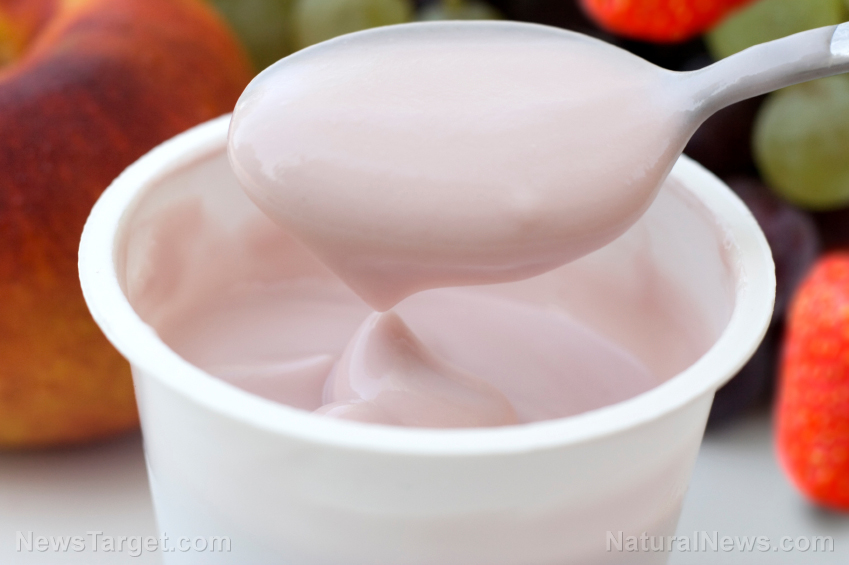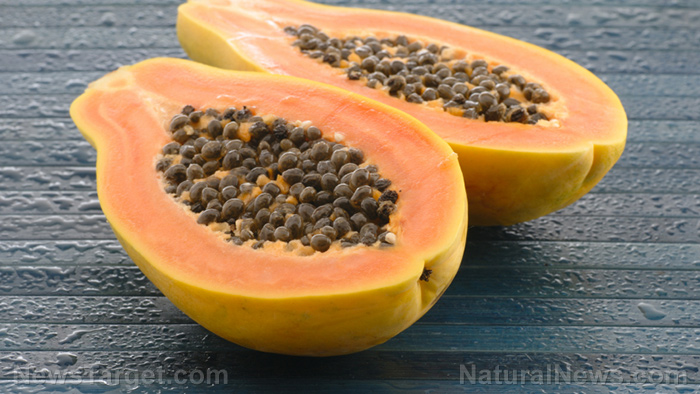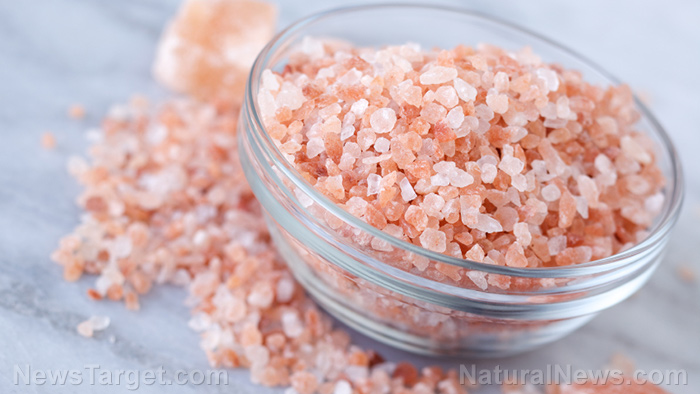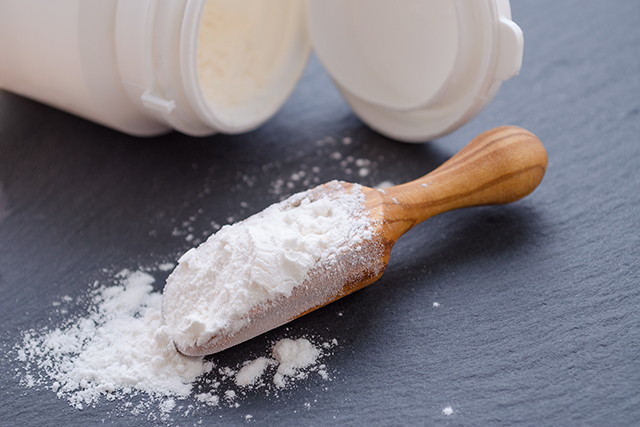Is chronic pain a symptom of nutritional deficiency? Study links pain to glutamate consumption
07/22/2018 / By Michelle Simmons

The consumption of glutamate, a common flavor additive found in both Western and non-Western diets, was found to be linked to chronic pain, according to a pilot study conducted in eastern Kenya.
As studies regarding glutamate continue to gain ground, it also provides insights as to how it affects the human brain and body. Glutamate, when it is in the brain, is known to be a common neurotransmitter. In addition, it can also serve as an excitotoxin, which overstimulates and harms or kills nerve cells. Several studies have found that increased consumption of glutamate may worsen chronic pain symptoms.
Although glutamate is also a naturally occurring chemical in some foods like soy sauce and parmesan cheese, it is more commonly found as a food additive. In the U.S., it is used in a lot of food products and found under various names, which include monosodium glutamate (MSG), hydrolyzed protein, protein isolate, protein extract, and autolyzed yeast extract. In Kenya, where the current study was conducted, the exposure of people to glutamate comes only from a few foods that contain MSG, with the greatest exposure being from a mixed seasoning spice called Mchuzi Mix, which Kenyans usually use for cooking every day.
A team of researchers from the American University, University of Michigan, and Meru University of Science and Technology in Kenya looked at the effect of glutamate consumption on chronic pain. The research team examined whether dietary interventions could perform as well as or better than over-the-counter medication in managing pain. The study involved 30 participants who experienced long-term pain for a minimum of three months or more and in at least three quadrants of the body.
Most of the participants also suffered from other neurological side effects, such as headaches or migraines, chronic fatigue, cognitive dysfunction, and sleep issues. These conditions are comparable with widespread chronic pain patients in the U.S. The team evaluated the effects of cutting off MSG, increasing water consumption, or a combination of both, relative to acetaminophen.
The participants were divided into four groups. The first group received water, the second group received alternative spices without MSG, the third group received both water and alternative spices, and the last group received 1,000 milligrams of acetaminophen twice a day for those with neither exposure.
Results showed that the group that removed MSG from its diet and consumed more water had great improvements in their systems, similar to the group that received acetaminophen. The findings of the study, which were published in the journal Nutrition, suggest that making simple dietary changes, such as the removal of monosodium glutamate from diets and drinking more water, can alleviate chronic pain.
Natural pain remedies
Although acetaminophen, which is a common pain reliever drug, alleviates chronic pain, it can bring harmful effects on its users. One of the known side effects of acetaminophen is it increases the risk of liver damage. (Related: Common acetaminophen labels being changed to highlight liver damage risks.)
Therefore, instead of risking your health on pain reliever drugs such as acetaminophen, turn to natural painkillers. Many herbs and spices, such as willow bark, turmeric, and cloves, can treat inflammation. Other alternative medicines for pain relief include acupuncture, yoga, Reiki, and the use of heat and ice compress.
If you’d like to read more news stories and studies on the health risks of MSG consumption, you may go to MSG.news.
Sources include:
Tagged Under: autolyzed yeast extract, chronic pain, Glutamate, hydrolyzed protein, monosodium glutamate, MSG, pain relief, pain remedies, protein extract, protein isolate




















